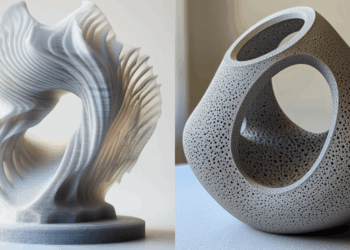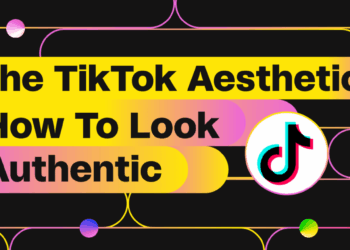The rise of 3D printing technology has sparked a heated debate in the art world: are we witnessing the demise of traditional art forms? From sculpture to ceramics, 3D printers can now replicate what once required years of manual skill. This 2,500-word investigation explores how this technological revolution is transforming artistic creation, which traditional techniques face extinction, and why some art forms may become more valuable than ever in the digital age.
 A. The 3D Printing Art Revolution
A. The 3D Printing Art Revolution
-
Capabilities Shaking the Art World
-
Perfect replication of master sculptures
-
Custom ceramics in minutes vs. weeks
-
Complex geometries impossible by hand
-
-
Industries Already Transformed
-
Sculpture reproduction
-
Jewelry design
-
Architectural models
-
Art restoration
-
-
Surprising Limitations
-
Can’t replicate brushstroke texture
-
Lacks organic imperfections
-
No “happy accidents”
-
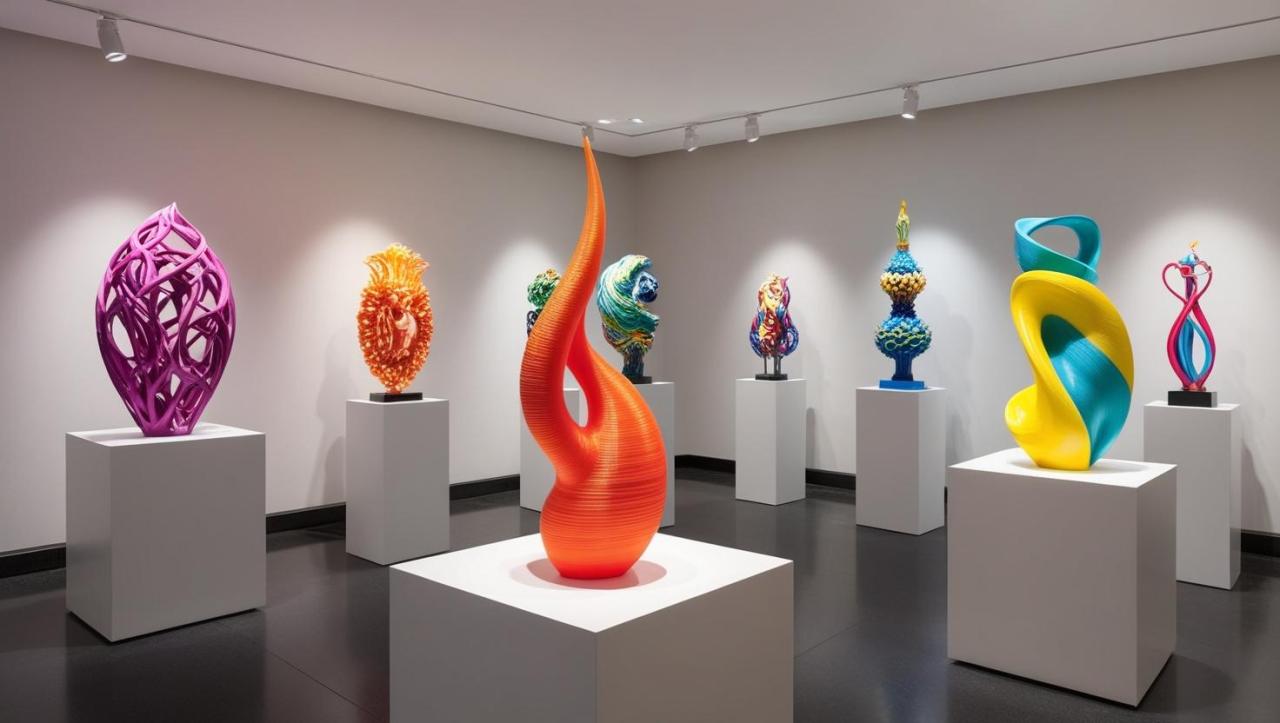 B. 5 Traditional Art Forms Most at Risk
B. 5 Traditional Art Forms Most at Risk
1. Bronze Sculpture Casting
-
90% faster with 3D printing
-
No lost-wax process needed
-
60% cost reduction
2. Pottery Wheel Throwing
-
Mass customization now possible
-
Perfect symmetry every time
-
Glaze application automation
3. Wood Carving
-
CNC integration
-
Precise replication
-
No grain limitations
4. Metal Smithing
-
Direct metal printing
-
Complex filigree in hours
-
Reduced material waste
5. Model Making
-
Architectural prototypes
-
Movie props
-
Toy design
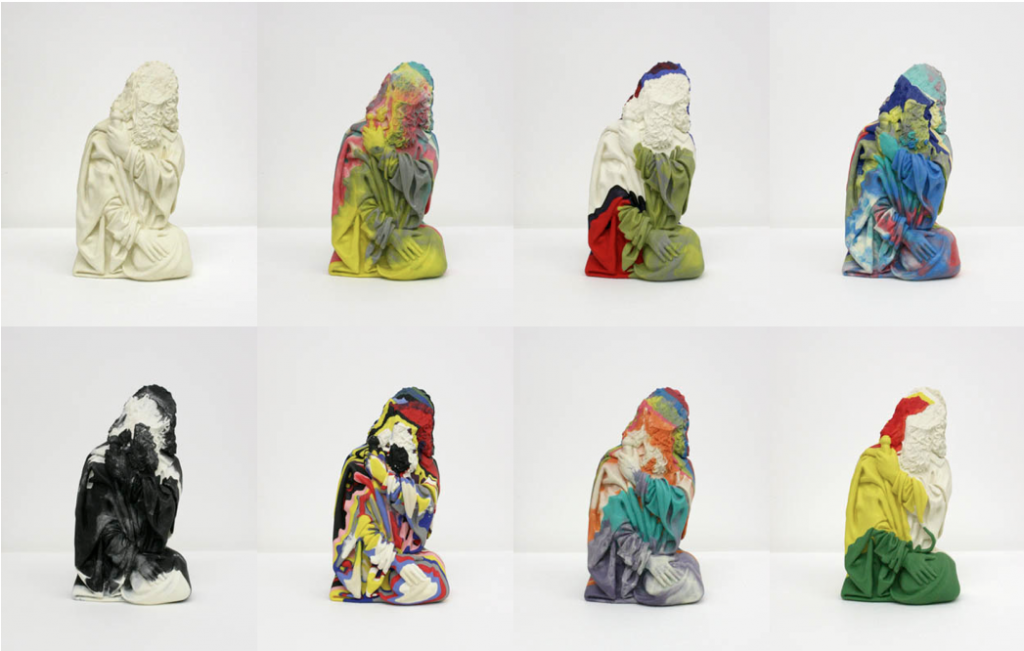 C. 5 Art Forms That Defy Replication
C. 5 Art Forms That Defy Replication
-
Oil Painting
-
Brushstroke uniqueness
-
Layering techniques
-
Emotional texture
-
-
Glass Blowing
-
Organic form creation
-
Color mixing alchemy
-
Thermal dance
-
-
Fresco Painting
-
Wall absorption chemistry
-
Time-sensitive application
-
Scale challenges
-
-
Hand Papermaking
-
Fiber personality
-
Watermark artistry
-
Tactile quality
-
-
Performance Art
-
Human presence
-
Spontaneity
-
Shared experience
-
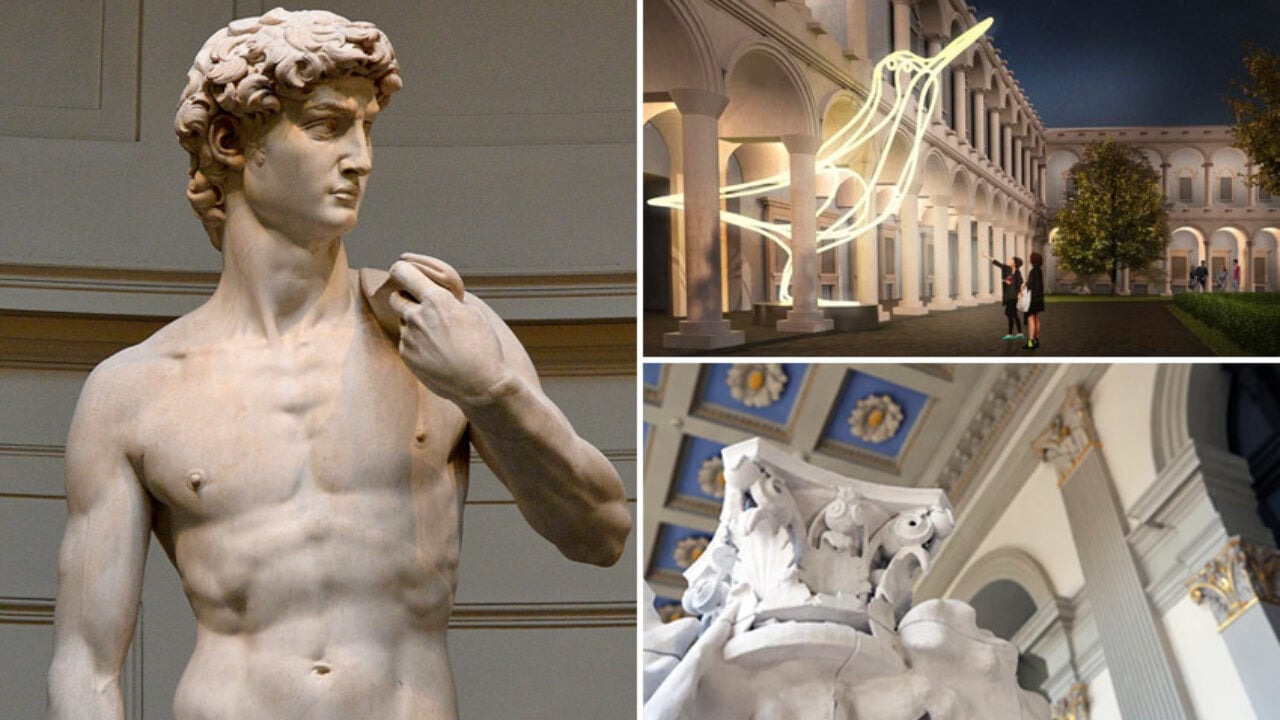 D. How Artists Are Adapting
D. How Artists Are Adapting
1. Hybrid Creation
-
3D printed bases + hand finishes
-
Digital sculpting + traditional molding
-
Printed armatures for clay
2. New Media Exploration
-
Time-based 3D prints
-
Reactive materials
-
Living art integrations
3. Emphasizing the Human Touch
-
Visible tool marks
-
Imperfection signatures
-
Process documentation
4. Leveraging Scarcity
-
Limited analog editions
-
Artist proof systems
-
Craft performance art
E. The Value Paradox
-
Mechanical vs. Manual
-
3D printed art price ceilings
-
Handmade premium pricing
-
Collector psychology
-
-
Authentication Challenges
-
Digital provenance
-
Artist fingerprints
-
Reproduction detection
-
-
Skill Evolution
-
Software as new medium
-
CAD as artistic language
-
Technical artistry
-
F. Future of Art in the 3D Age
-
Education Shifts
-
Traditional technique preservation
-
Digital craft integration
-
New hybrid programs
-
-
Market Transformations
-
Art democratization
-
Micro-manufacturing
-
Customization economy
-
-
Cultural Impacts
-
Art definition expansion
-
Maker movement fusion
-
Lost techniques revival
-
Conclusion
While 3D printing is disrupting traditional art forms, it’s not eliminating them – rather, it’s forcing a redefinition of artistic value. The artists who will thrive are those who harness technology while preserving the irreplaceable human elements of creativity, imperfection, and emotional resonance. In this new era, the most valuable works may be those that blend digital precision with analog soul.
Tags: 3D printing art, traditional art, digital fabrication, sculpture, ceramics, art technology, handmade, creative process, art preservation, future of art




